If you’ve just started your journey in Wild Rift without any experience in League of Legends, the MOBA world might seem too complicated and overwhelming. Don’t panic! We’ll break everything down and give you tips that will help you easily get the hang of the game.
What champions to play in Wild Rift
There are over 80 champions in the game, but beginners should pick 2-3 champions that are easier to play, such as Garen, Ashe, or Lux. Their abilities are easier to master, and mistakes will less frequently cost you your life. Even experienced players don’t play Yasuo perfectly on their first try. You always need to learn, and if a champion is difficult, it will take longer and be filled with more challenges.
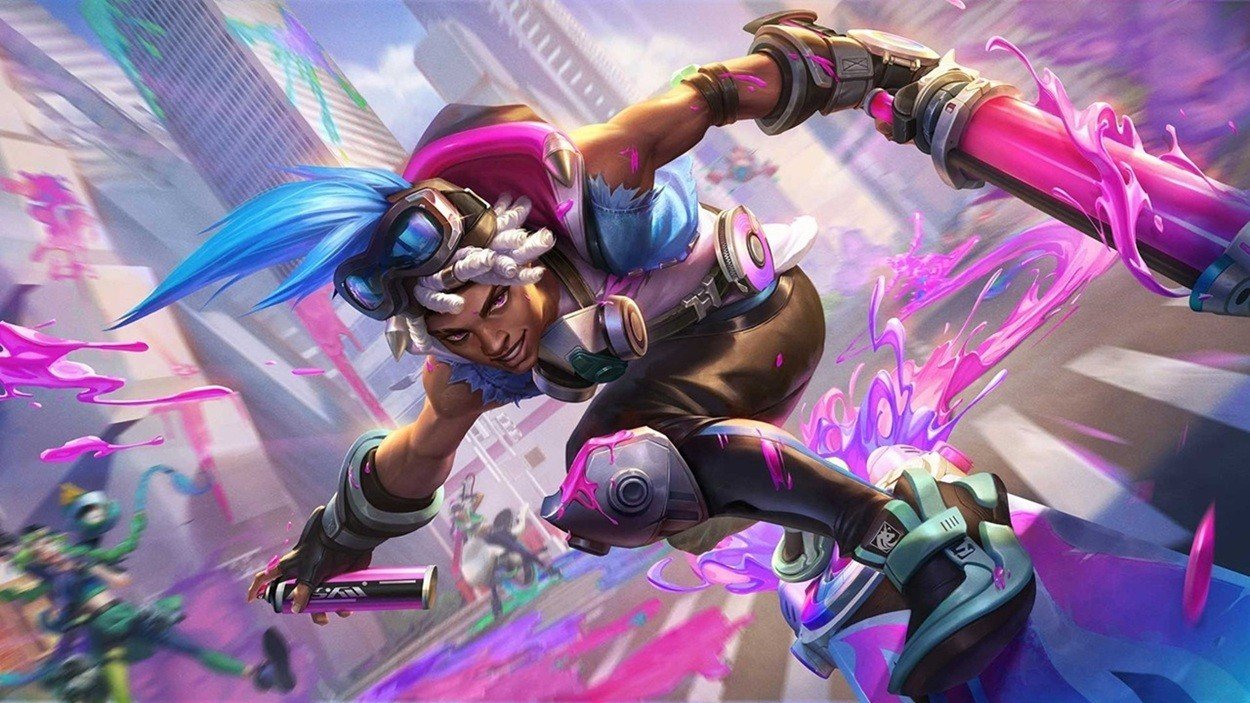 Image: wildrift.leagueoflegends.com
Image: wildrift.leagueoflegends.com
You should decide on your main role. If you enjoy playing aggressively and dealing lots of damage, then you should focus on mastering champions that suit that playstyle. Referring back to the previous tip, the best choices for an ADC would be champions like Miss Fortune or Caitlyn.
Unfortunately, the matchmaking system in Wild Rift is not perfect. If you feel like a support player, the system might still put you in the top lane. To avoid situations like this from leading to losses, we recommend gradually mastering at least one champion from each role. This will be helpful overall, as it will give you a better understanding of your opponents' strategies, no matter which champion they play.
 Image: besthdwallpaper.com
Image: besthdwallpaper.com
Over time, your champion pool will expand, but to reach higher ranks, it's best to refine your skills with 2-3 champions. Ideally, focus on one, but since your champion might get banned, it’s good to have one or two backup champions. This "bench" will reduce the number of matches you lose, especially if you're placed in a role you don’t enjoy.
What is important to know about Wild Rift
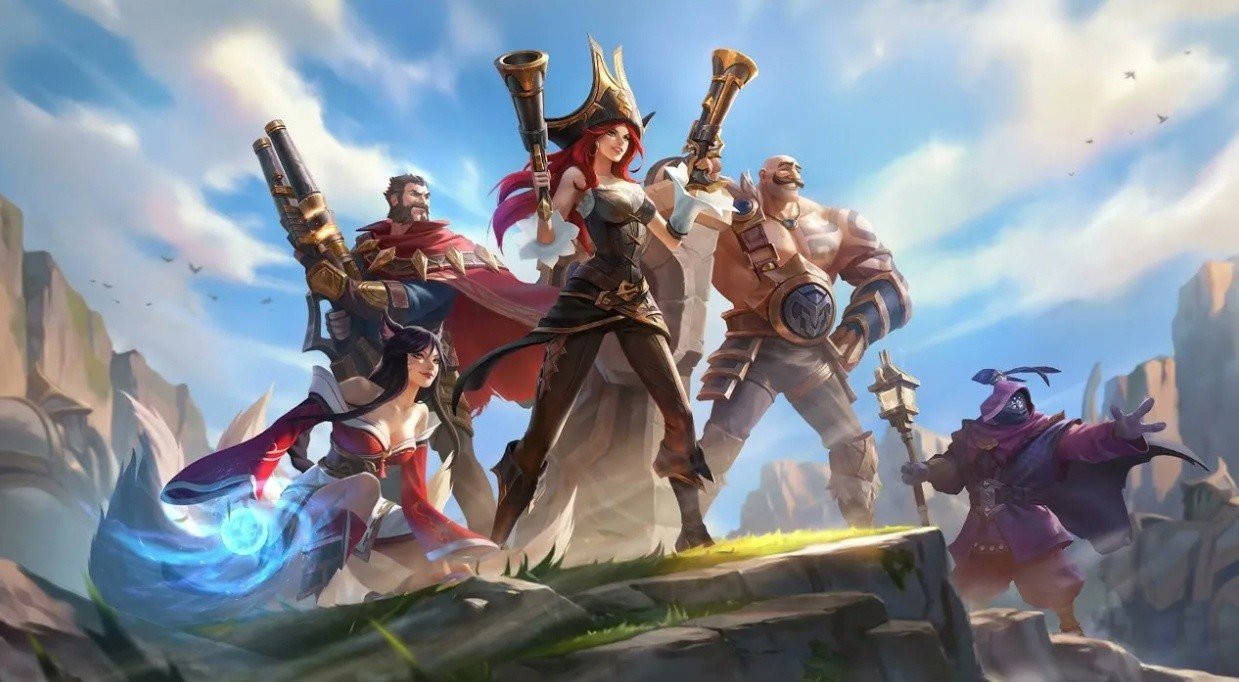 Image: ensigame.com
Image: ensigame.com
Next, we’ll go over the key aspects of gameplay. Each section will focus on a specific element of the game, which we will break down. Unlike champion selection, where your preferences play a significant role, here we’ll focus on things that are more related to pure game tactics.
Last-hit minions
The second most important thing after experience in Summoner's Rift is gold. To earn more gold, learn how to last-hit minions.
Yes, running alongside minions and waiting for the perfect moment may not be the most exciting task, but it is the key to earning the most gold. If you have powerful items purchased earlier than your opponent, this often decides the outcome of the fight in your favor.
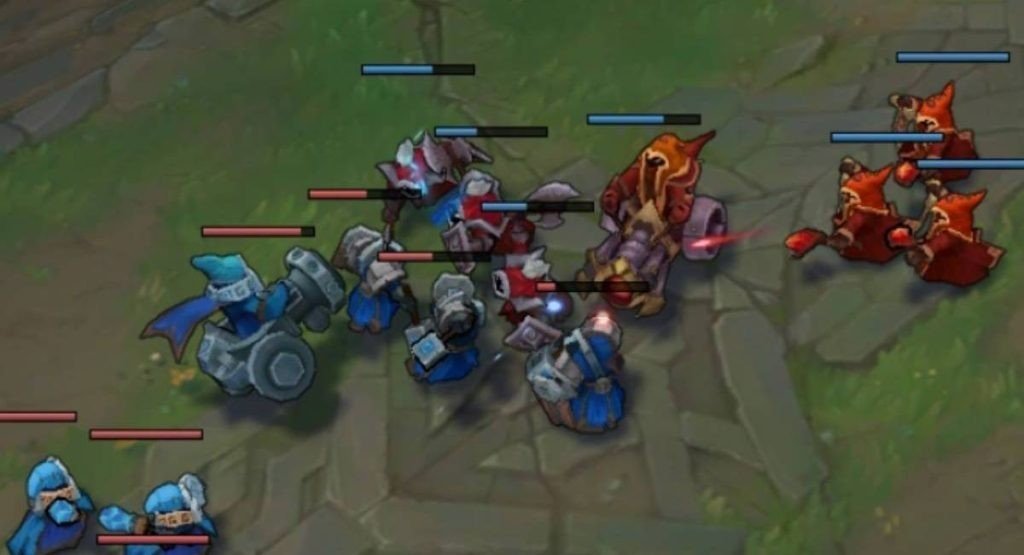 Image: leaguefeed.net
Image: leaguefeed.net
Builds
There is no perfect build for a champion. Even if you copy what a professional player bought for a champion, it doesn’t guarantee a win. The thing is, in every match, you face different opponents. Even the same enemy champion in different fights can have different stats due to the items. The solution is to adapt to the situation.
Are your opponents dominating with huge magical damage? Buy something to resist it. Use your opponents' weaknesses and cover your own. This can even counterbalance the weaknesses of your champion to their counters.
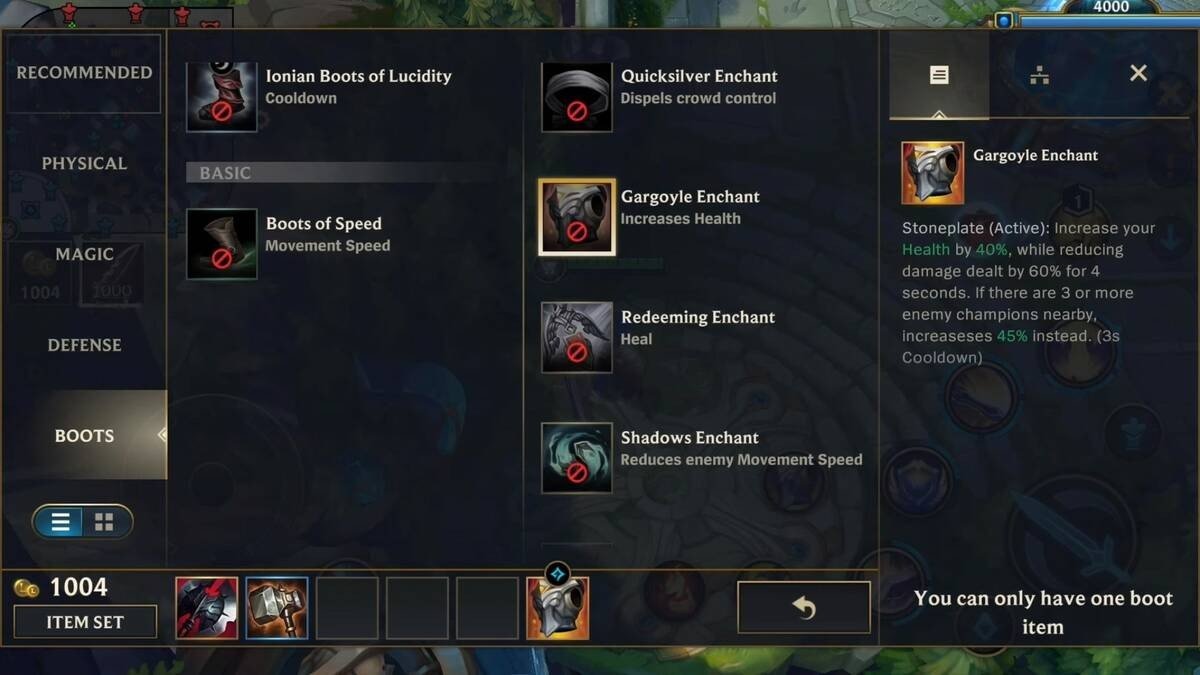 Image: ohottursnab.com
Image: ohottursnab.com
Ability upgrades
Unlike builds, upgrading abilities is much simpler. Each champion has a recommended upgrade sequence, and it’s definitely worth following it. Stick to it because if you don’t follow the standard progression, you will quickly realize how painful it can be. Experiments here rarely end well, even for professionals.
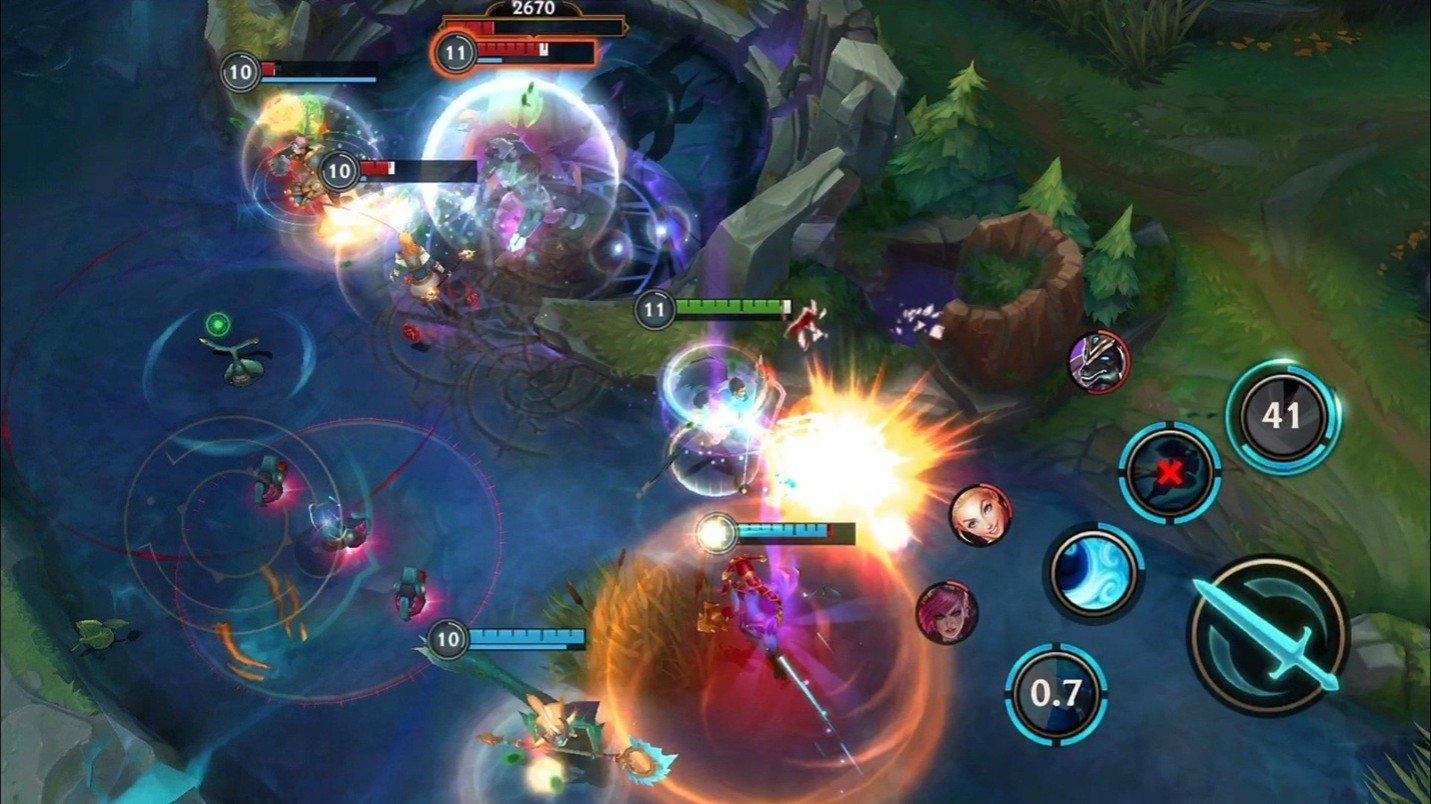 Image: xi.express
Image: xi.express
Minimap and vision
The minimap in the corner of the screen is not just decoration. Keep an eye on the enemy jungler, mark missing enemies from lanes, and avoid engaging in fights alone in unexplored territory. Wards provide vision—a safety net against surprise enemy ambushes.
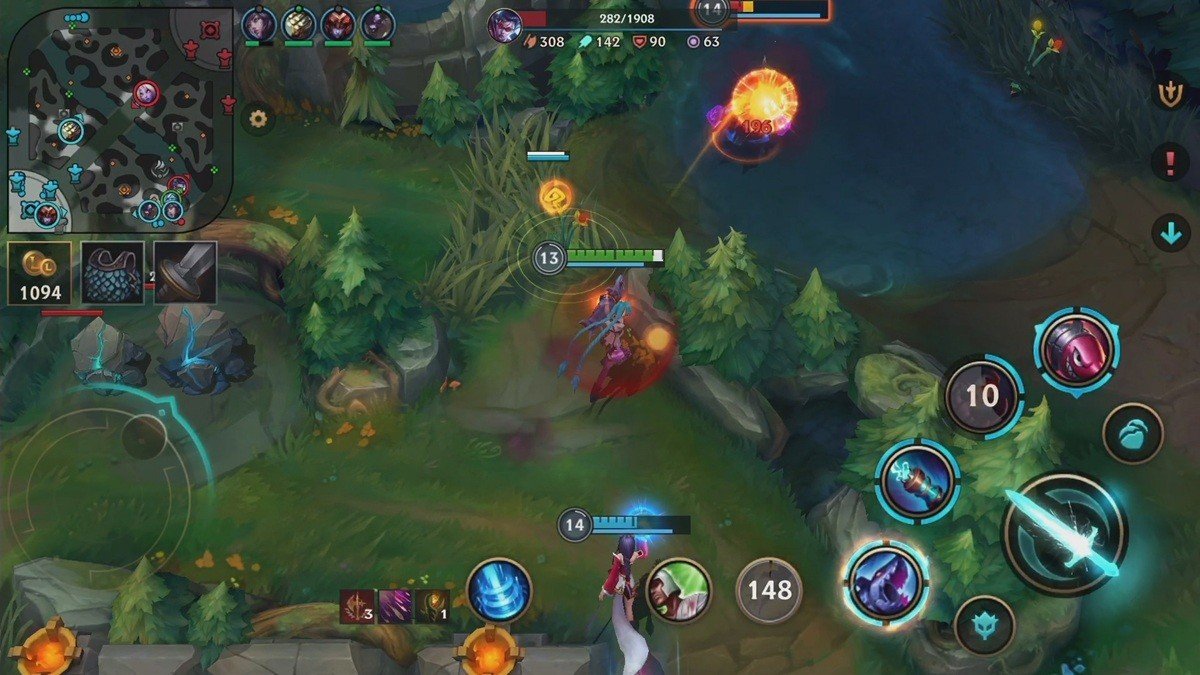 Image: ohottursnab.com
Image: ohottursnab.com
Objectives are more important than Kills
Killing enemies is enjoyable, but it’s destroyed objectives that bring victory. The primary objective is turrets. Destroy them to gain access to the enemy base.
Don’t ignore dragons. They provide permanent buffs for the team. Defeating the Rift Herald, in turn, helps break turrets for you. Baron Nashor is the final boss: kill him before the decisive push.
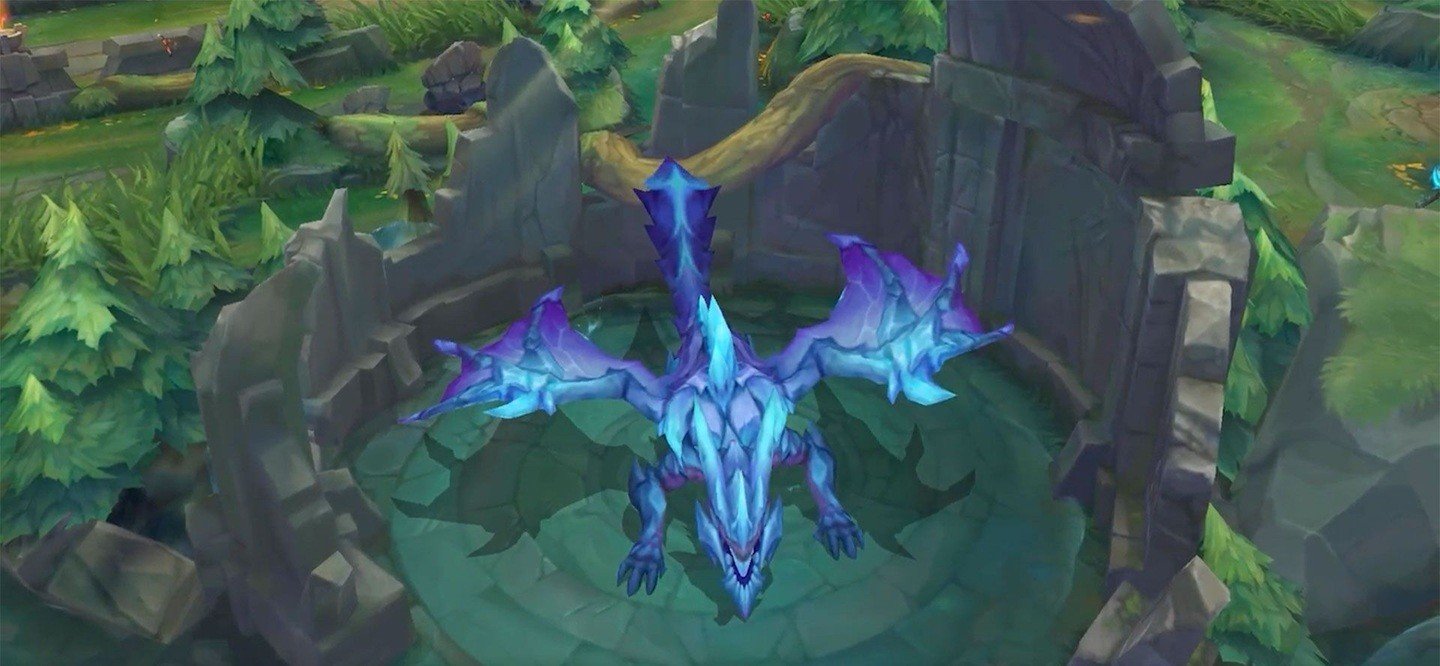 Image: wildrift.leagueoflegends.com
Image: wildrift.leagueoflegends.com
You can also steal dragons and other creatures from under your opponents' noses, meaning killing them at the last moment. The jungler has a spell with good damage for this, and some champions can deal a lot of damage from a distance. For example, Lux can finish off a dragon with her ultimate, and sometimes accidentally kill nearby enemies as well.
Recall
Many beginners ignore Recall (returning to base), trying to survive with only 10% HP. The result? Greed leads to frustrating deaths. The rule is simple: if you’ve used all your mana or lost more than 80% HP, retreat. Buy items, heal, and return to the lane. There are cases when things aren’t so straightforward, but most of the time you’ll recognize them once you gain more experience.
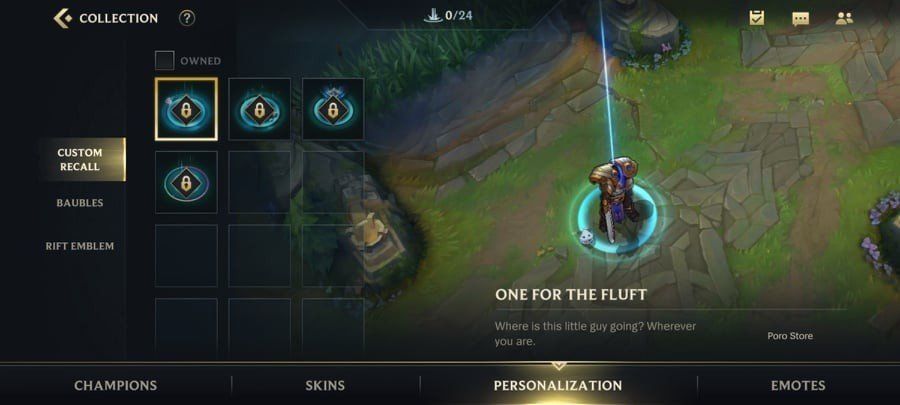 Image: x.com
Image: x.com
Wave Management
A crowd of minions is not just background noise. By managing the wave, you control the game. This advice is more for those who are already familiar with at least a couple of champions and are ready to improve their gameplay skills beyond just hitting enemies with abilities. Here are a few wave control methods:
- Freeze. Keep the wave near your turret. It provides safe farming;
- Slow push. Gradual wave buildup, preparing for a turret attack;
- Crash the wave. Push the wave under the enemy turret before recalling.
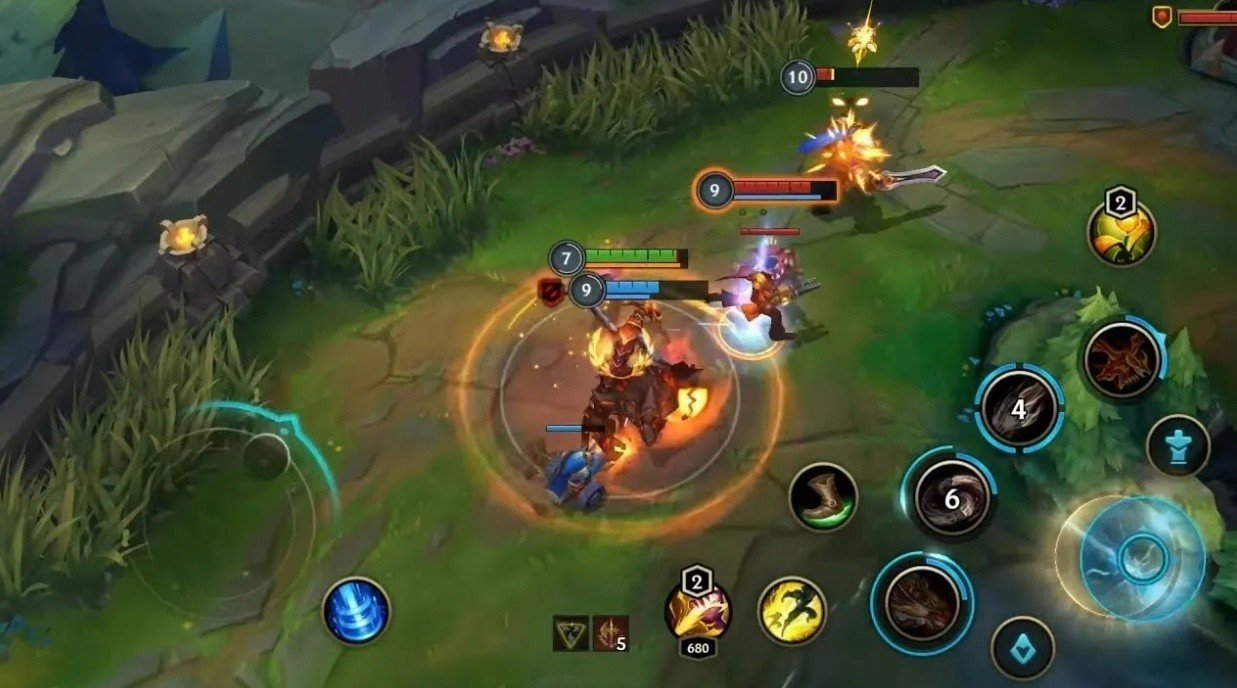 Image: youtube.com
Image: youtube.com
Team Interaction
This is a team game, and support from your team isn’t just about dealing damage together to enemies and objectives. Information is a powerful weapon in the hands of a strategist. Through pings and chat messages, teammates can warn each other of dangers and plan the game’s tactics.
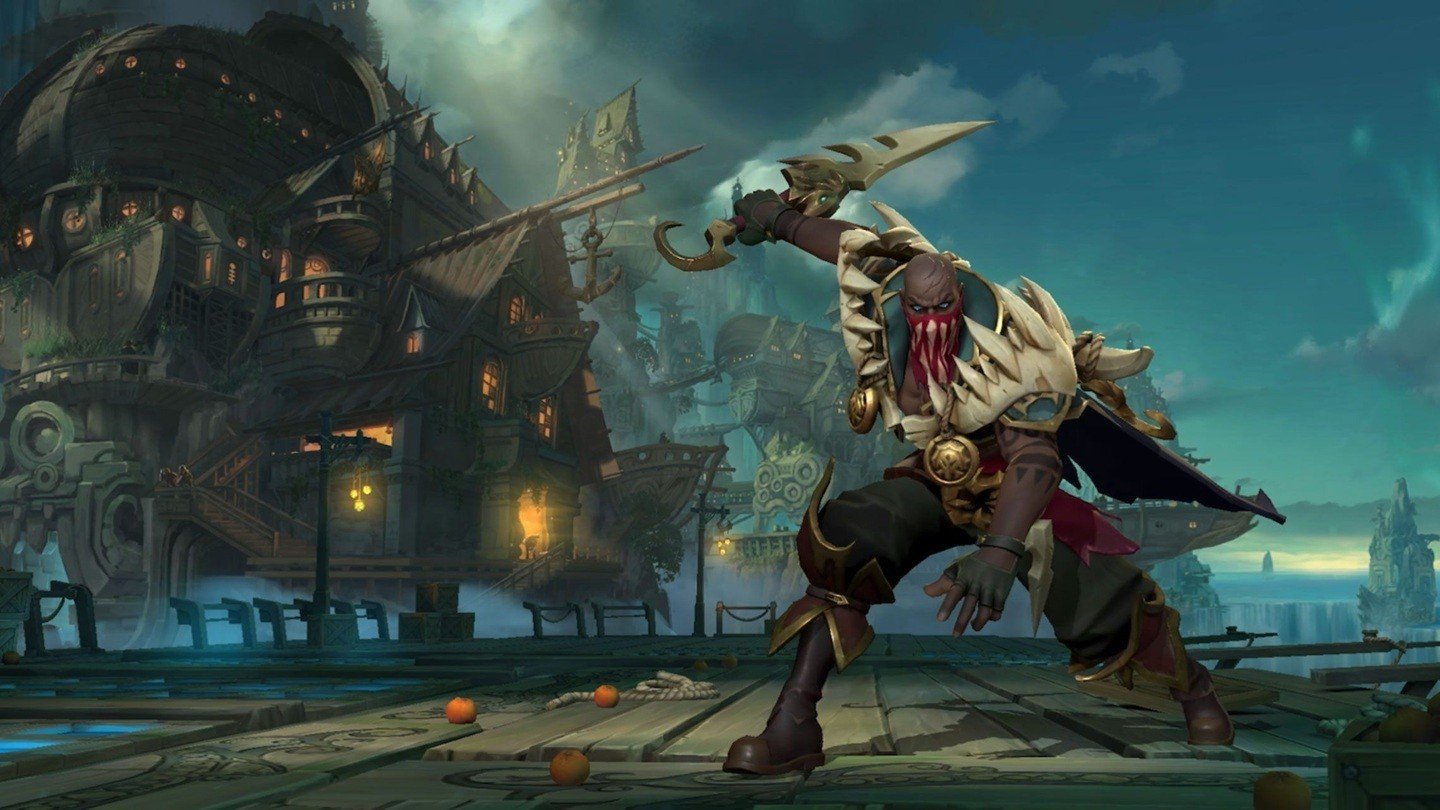 Image: wildrift.leagueoflegends.com
Image: wildrift.leagueoflegends.com
The key is not to get discouraged after losses. If you lose several times in a row, take a break and do something else. Returning to Wild Rift with renewed energy will increase your chances of winning.
Main image: wall.alphacoders.com


 Vadim "Vadim" Dybinskiy
Vadim "Vadim" Dybinskiy

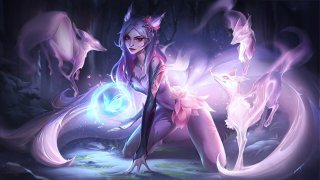
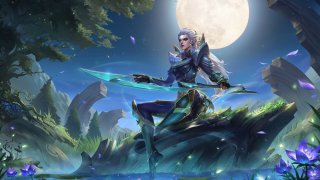

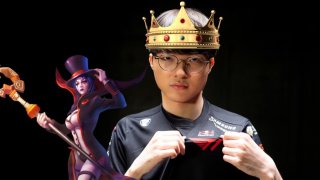
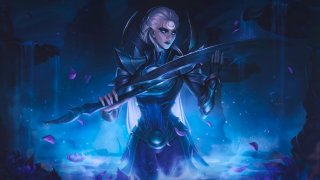

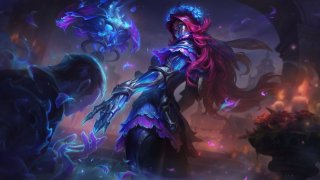

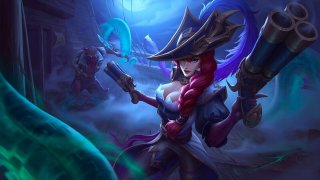
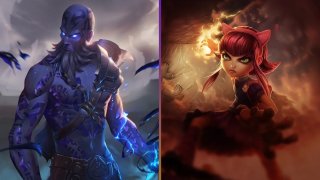
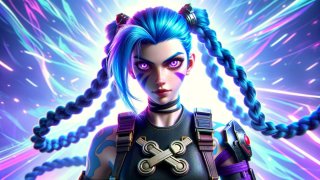


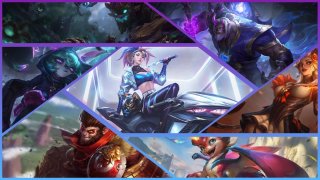

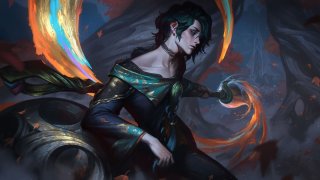

1 comment